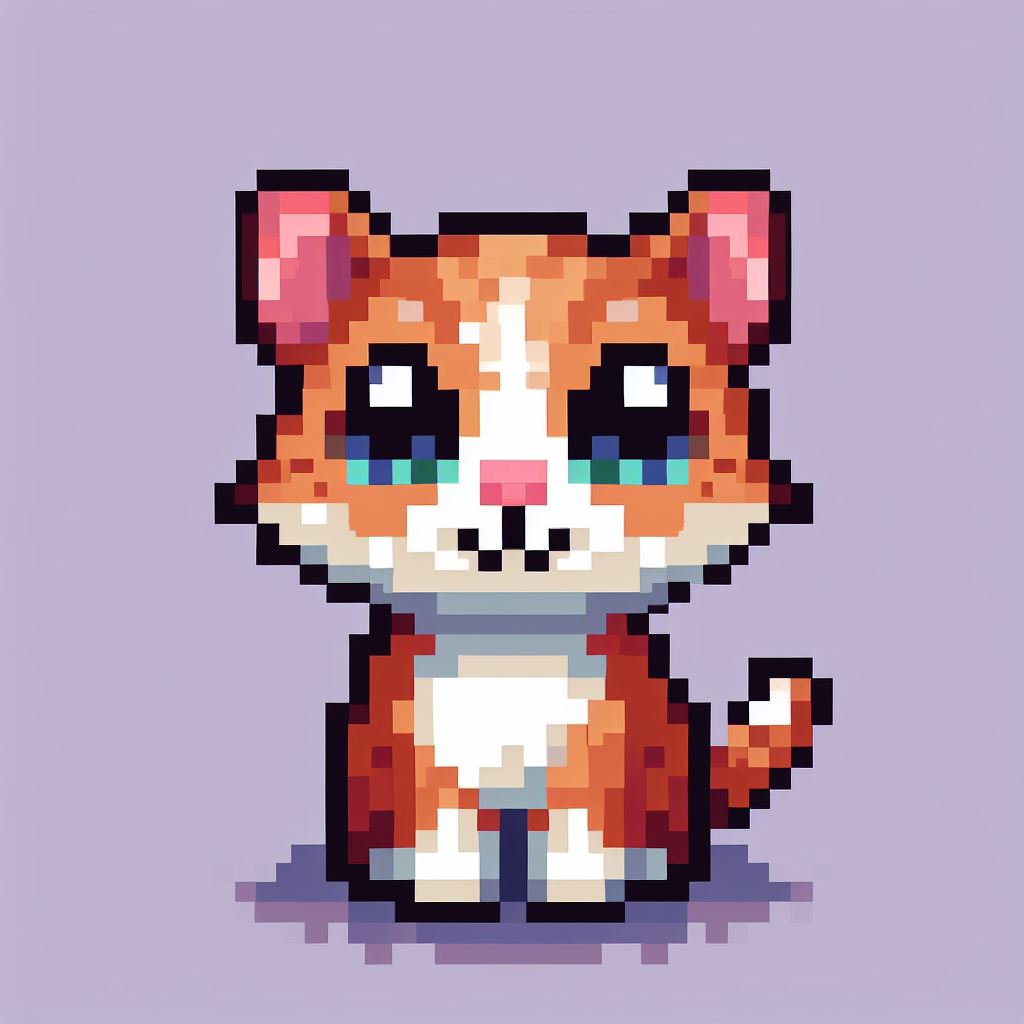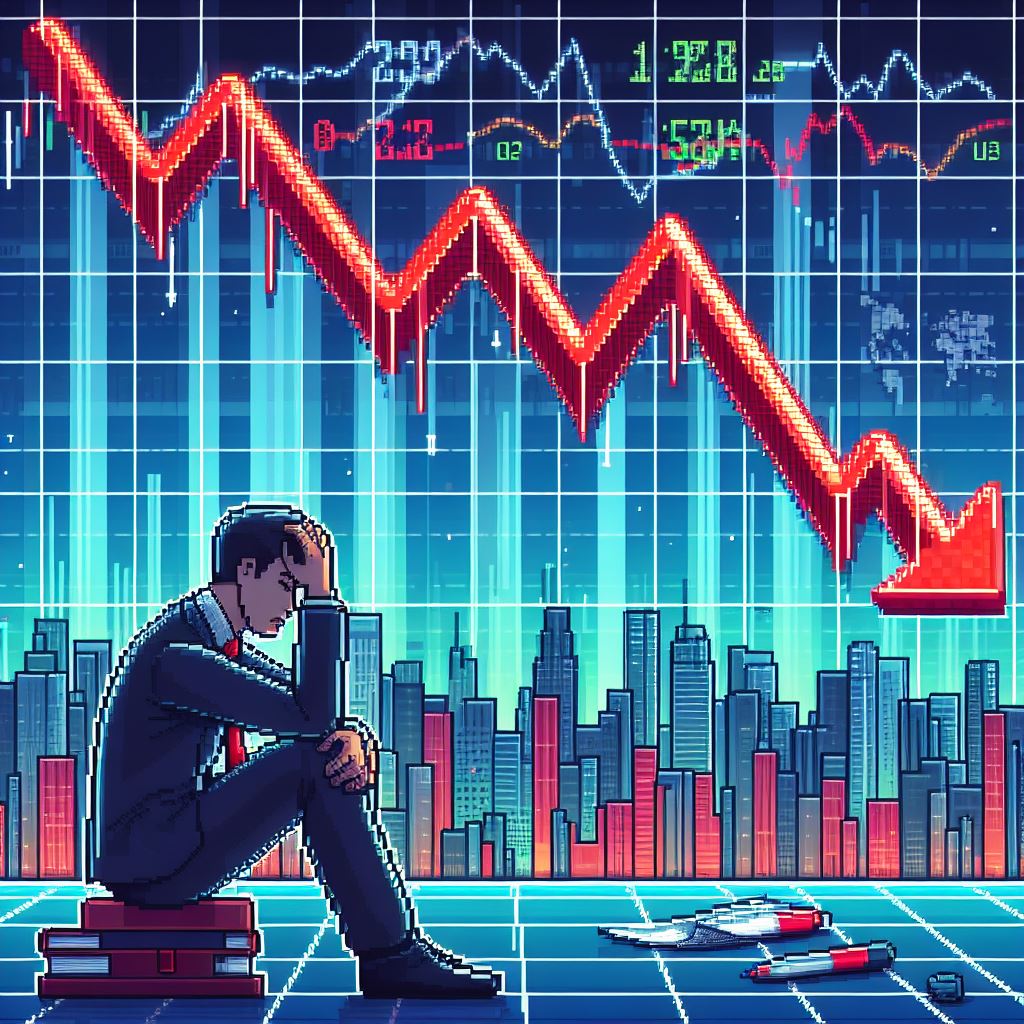Is the NFT Season Over? An In-Depth Look at the Current State of NFTs
The world of Non-Fungible Tokens (NFTs) has experienced a rollercoaster of highs and lows over the past few years. From their meteoric rise to the limelight in 2021 to the bear market of 2022 and beyond, NFTs have captured the imagination and wallets of crypto enthusiasts globally. But as we move further into 2024, the burning question on everyone’s mind is: is the NFT season truly over?

The Rise of NFTs: A Quick Recap
Before we delve into the current state, let’s rewind a bit. NFTs, unique digital assets verified using blockchain technology, became the talk of the town in 2021. Artists, celebrities, and even brands jumped on the bandwagon, minting and selling digital art, music, virtual real estate, and more. The allure was simple: unlike traditional cryptocurrencies, NFTs are one-of-a-kind, offering exclusivity and ownership of digital content.
From Beeple’s $69 million digital art sale at Christie’s to NBA Top Shot moments selling for hundreds of thousands of dollars, NFTs were making headlines. Investors poured in, hoping to catch the next big thing. But, as with all booms, a bust was inevitable.
The Bear Market: When the Bubble Burst

2022 was a reality check. The broader cryptocurrency market entered a bear phase, and NFTs were not spared. Prices plummeted, trading volumes decreased, and the once-thriving NFT marketplaces started to see less activity. For many, the dream of quick riches turned into a nightmare of significant losses.
Several factors contributed to this downturn:
-
Market Saturation: As more creators and platforms entered the space, the market became oversaturated. With an overwhelming number of NFTs available, scarcity — a critical aspect of their value proposition — diminished.
-
Speculation and Hype: The initial surge was driven largely by speculation and hype rather than intrinsic value. As the hype died down, so did the prices.
-
Economic Uncertainty: The broader economic landscape also played a role. Rising inflation, interest rate hikes, and geopolitical tensions made investors more risk-averse, pulling funds out of volatile assets like NFTs.
Small Investments in NFTs: The Current Trend
Despite the downturn, the NFT market is far from dead. Instead, it's evolving. One notable trend is the shift towards smaller investments. Regular crypto investors, wary of putting large sums into a highly volatile market, are now exploring more affordable NFTs. This shift can be seen as a strategic move to mitigate risk while still participating in the market.
Why Small Investments?
-
Lower Risk: Smaller investments mean less capital at risk. For investors who are still interested in NFTs but wary of market volatility, this is a safer approach.
-
Learning Opportunity: Investing smaller amounts allows individuals to learn the ropes of the NFT market without the fear of significant financial loss. It’s a way to understand the dynamics of the space, the platforms, and the types of NFTs that hold value.
-
Diversification: Instead of putting all their eggs in one basket, investors can diversify their NFT holdings. This way, if one investment fails, the overall impact on their portfolio is minimized.
The Current State of the NFT Market
To understand whether the NFT season is truly over, we need to look at the current market dynamics.
Resilience and Adaptation
While the initial frenzy has cooled, NFTs have shown remarkable resilience. Artists and creators are still minting new works, and marketplaces continue to innovate. The focus, however, has shifted from quick profits to long-term value and utility.
-
Utility NFTs: One of the most promising developments is the rise of utility NFTs. Unlike traditional NFTs, which are primarily digital collectibles, utility NFTs offer additional benefits. These can include access to exclusive content, membership to clubs, or even real-world perks. For example, some NFTs now function as tickets to virtual events or as keys to unlock special features in video games.
-
Metaverse Integration: The integration of NFTs into the metaverse — virtual worlds where users can interact, play, and trade — is another exciting development. Platforms like Decentraland and The Sandbox are leading the charge, creating entire ecosystems where NFTs play a crucial role. Virtual real estate, avatars, and digital goods within these metaverses are all tied to NFTs, adding a layer of functionality and value.
-
Brand Collaborations: Major brands are still exploring the NFT space, albeit with more caution. Collaborations between brands and NFT creators are becoming more common, leading to the creation of branded NFTs that offer unique experiences or rewards. This trend helps in keeping the market alive and attracting new participants.
Marketplaces and Platforms
The platforms facilitating NFT transactions are also evolving. Marketplaces like OpenSea, Rarible, and Foundation continue to dominate, but new players are emerging with innovative features and better user experiences. Additionally, some platforms are focusing on niche markets, such as music or fashion, providing specialized services to cater to specific audiences.
Are NFTs Here to Stay?
The question of whether NFTs are a passing fad or a lasting innovation is still up for debate. However, several factors suggest that while the hype may have died down, NFTs are not going away.
Blockchain Technology
At the core of NFTs is blockchain technology, which ensures transparency, security, and immutability. These features are crucial for verifying ownership and authenticity, making NFTs suitable for various applications beyond digital art, including real estate, supply chain management, and intellectual property rights.
Community and Culture
NFTs have created vibrant communities of artists, collectors, and enthusiasts. These communities are not just about trading assets but also about supporting and promoting digital culture. The sense of belonging and shared purpose within these communities can drive sustained interest and innovation.
Financialization of Digital Assets
The financialization of digital assets is a broader trend that NFTs are a part of. As more aspects of our lives move online, the need for digital ownership and monetization will continue to grow. NFTs, in their current or evolved form, will likely play a role in this transformation.
The Future: Navigating the NFT Market
For regular crypto investors, the current state of the NFT market presents both challenges and opportunities. Here are a few tips on navigating this evolving landscape:
-
Do Your Research: The importance of thorough research cannot be overstated. Understand the platform, the creator, and the utility of the NFT before making an investment.
-
Diversify: Don’t put all your money into a single NFT. Spread your investments across different types of NFTs and platforms to mitigate risk.
-
Stay Updated: The NFT space is rapidly evolving. Stay updated on the latest trends, news, and developments to make informed decisions.
-
Focus on Utility: Look for NFTs that offer real utility or long-term value rather than those driven purely by hype. Utility NFTs, as mentioned earlier, provide additional benefits that can enhance their value over time.
-
Join Communities: Engaging with NFT communities can provide valuable insights and opportunities. These communities often share information about upcoming projects, trends, and best practices.
Conclusion: The End or a New Beginning?
So, is the NFT season over? It’s more nuanced than a simple yes or no. The initial hype may have subsided, and the market has certainly cooled, but NFTs are far from dead. The market is maturing, with a shift towards utility, long-term value, and smaller, more strategic investments.
For regular crypto investors, this is not the time to write off NFTs entirely. Instead, it’s an opportunity to approach the market with caution, strategy, and an eye for genuine value. The NFT space will continue to evolve, and those who adapt to its changing dynamics will find new opportunities for growth and innovation.
In the end, whether the NFT season is over or just beginning a new phase depends largely on perspective. For those willing to look beyond the surface, there’s still a vibrant world of digital assets waiting to be explored.




评论 (0)